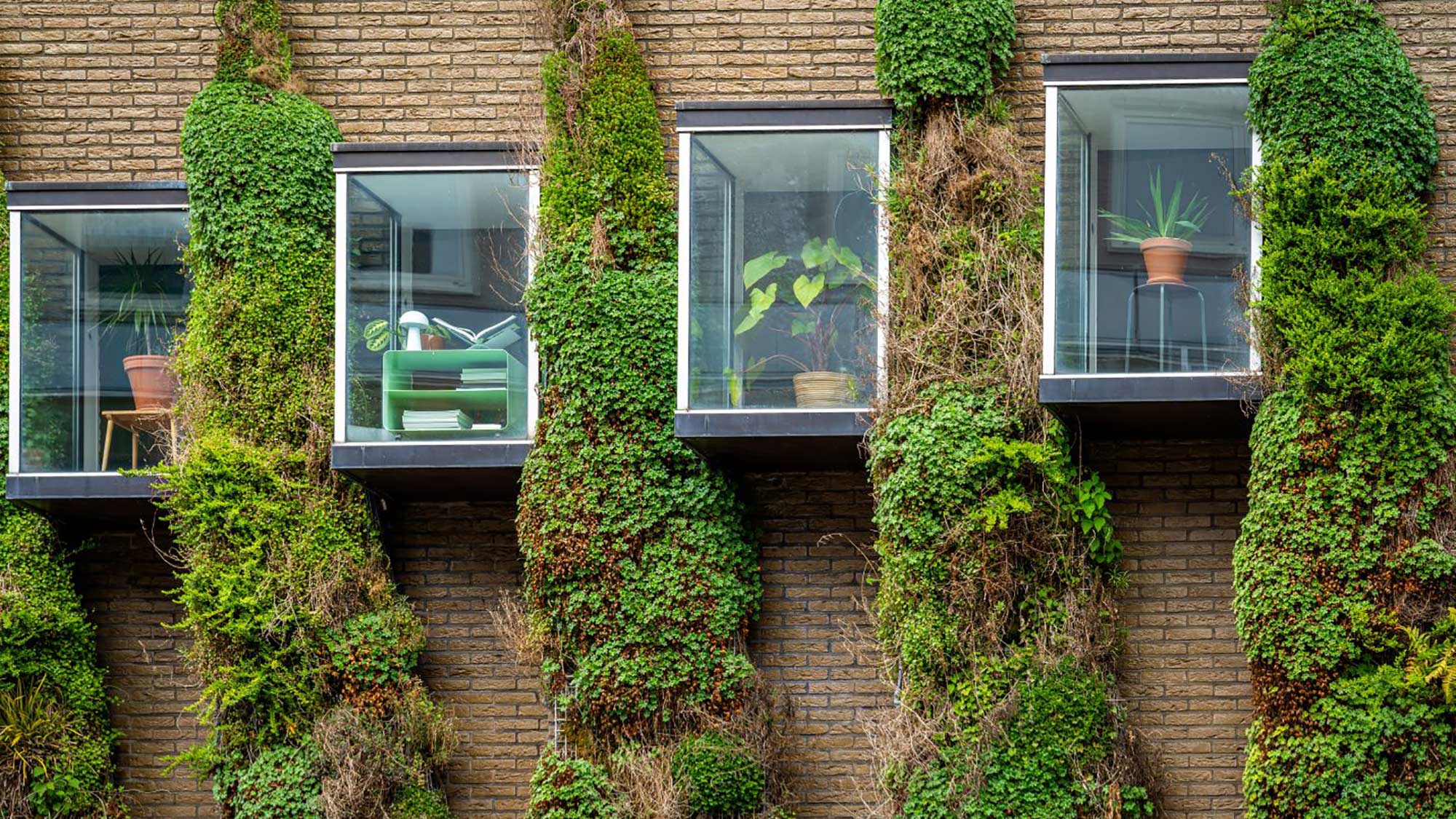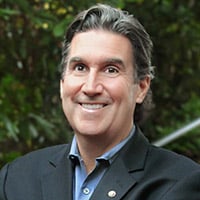Resilience Takes the Lead in LEED v5

26 Jun 2025
The latest LEED update centers on climate risk, carbon reduction, occupant health, and equity
The U.S. Green Building Council has released LEED version 5, its most significant update to the green building rating system in more than a decade. This version redefines how sustainability is measured by focusing on real-world performance in key areas like climate resilience, carbon reduction, occupant health, and equity.
Earlier versions of LEED helped bring sustainability into the mainstream by providing a clear framework for green building. LEED v5 takes this further, placing greater emphasis on measurable outcomes and verified performance rather than strategy intent. Projects must now demonstrate actual improvements rather than simply following recommended approaches. Clearer scorecards and defined performance targets are designed to align teams earlier in the design process and maintain accountability through construction, operations, and maintenance.
New Requirements Focused on Risk and People
LEED v5 introduces two new prerequisites for all certified projects:
- Climate Resilience Assessment: Evaluates how a building responds to site-specific risks such as heat, flooding, storms, or extended power outages.
- Human Impact Assessment: Measures the project’s effect on occupants and surrounding communities, including safety, accessibility, and environmental impact.
These assessments are designed to integrate climate and social considerations into planning and design from the beginning. They are now required for certification and reflect a shift toward making resilience and equity part of the core criteria.
New pilot credits offer additional ways for project teams to go further. These include credits for resilient site features, systems that reduce thermal demand during peak conditions, and dedicated spaces for emergency use. Together, these credits support designs that improve safety and help buildings continue operating during disruptive events.
Carbon, Health, and Equity in Focus
Carbon reduction is a key area in LEED v5. About half of all available credits now relate to lowering greenhouse gas emissions. This includes both operational carbon from energy use and embodied carbon from materials, construction, refrigerants, and transportation. The use of verified data is emphasized, requiring teams to back up their performance claims with documentation.
The Quality of Life category now includes performance-based metrics for indoor air quality, daylight, acoustics, and temperature control. These are important for spaces that serve the public or host large numbers of people, such as schools, offices, and healthcare facilities.
Equity is also more prominent in this version. Rather than being limited to one section, it is addressed throughout the rating system. Credits now encourage inclusive design, community engagement, and analysis of how benefits are shared across users. The goal is for buildings to better serve their occupants and the wider community.
Conclusion
As climate risks grow and industry expectations shift, LEED v5 offers a clear way to integrate resilience throughout a building’s lifecycle. It reinforces the need for practical solutions, verified results, and a stronger connection between buildings and the people they serve.

